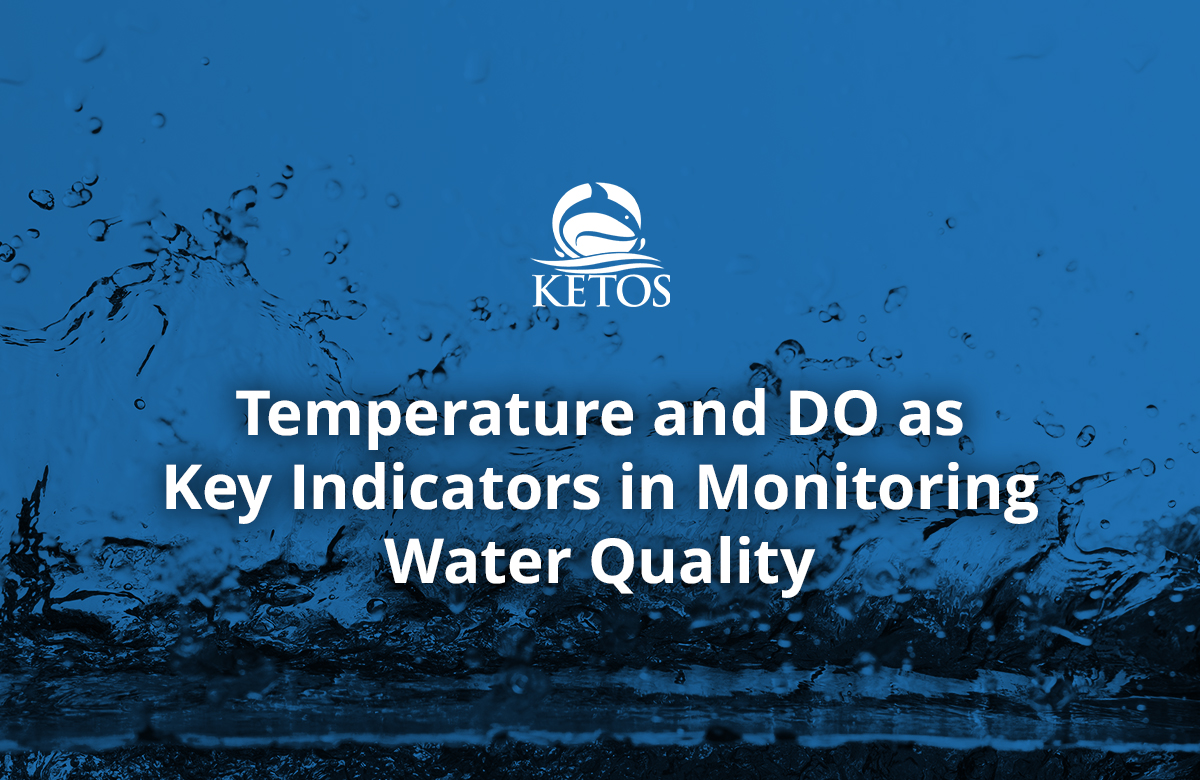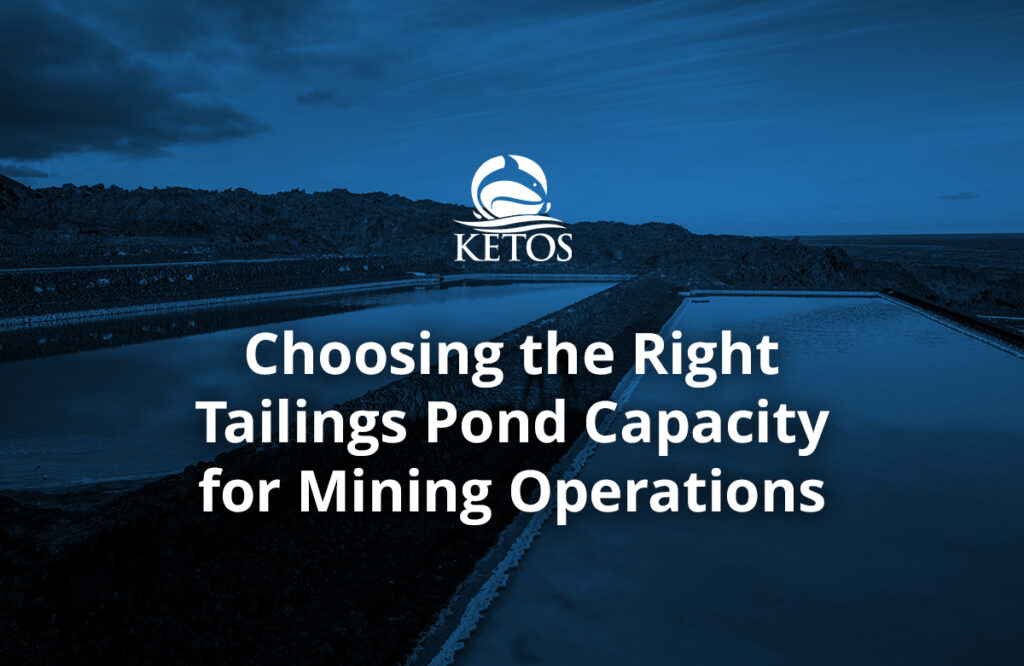Water quality monitoring is foundational for any operation relying on clean, safe, and compliant water. Water must be regularly tested and managed, whether it’s a municipal utility protecting public health, a food processor ensuring consistent output, or a farmer optimizing crop yield. Two of the most telling indicators used in routine assessments are water temperature and dissolved oxygen (DO). These parameters are easy to track with the right equipment and act as early-warning signs for broader system changes or contamination events.
Why Temperature and DO Matter in Water Quality Monitoring
Both temperature and DO are considered core water quality parameters. They are measured frequently because they impact nearly every chemical, biological, and physical process that occurs in natural or engineered water systems. Their interaction plays a critical role in aquatic life support, treatment process efficiency, and regulatory compliance.
Temperature determines the rate of biological activity and chemical reactions. Warmer water holds less dissolved oxygen, which can stress aquatic organisms and reduce the effectiveness of biological treatment systems. In turn, low DO levels can trigger anaerobic conditions, leading to foul odors, corrosion in pipelines, and even regulatory violations.
How Temperature Influences Water Chemistry and Operations
Water temperature is directly tied to seasonal changes, discharge activities, and operational equipment. It controls the solubility of gases, especially oxygen, and influences reaction rates and microbial growth. For operators, temperature readings help determine how a system is likely to behave over time.
Key operational impacts include:
- Solubility of Oxygen: Warmer water holds less oxygen, increasing the risk of low DO events in summer months or near heated effluent discharge zones.
- Reaction Speeds: Biological and chemical reactions often double in speed with every 10°C rise, affecting treatment systems and contaminant breakdown.
- Equipment Longevity: High temperatures accelerate corrosion in industrial systems, impact pump performance, and can destabilize additives or treatments.
Facilities discharging heated water or managing process streams must monitor and regulate temperature to stay within permitted environmental limits and maintain optimal internal operations.
Dissolved Oxygen as a Health Indicator
Dissolved oxygen represents the concentration of free, non-compound oxygen molecules in water. It is measured in milligrams per liter (mg/L) or as a percentage of saturation. While DO is invisible, its presence or absence provides valuable insight into system health and performance.
Some of the most common causes of low DO include:
- Elevated water temperatures;
- High organic load and microbial activity;
- Stagnation and lack of circulation; or
- Chemical contamination and runoff.
DO levels below 5 mg/L can impair aquatic life, and levels under 2 mg/L may lead to fish kills or toxic anaerobic conditions. In industrial applications, oxygen-depleted water can trigger corrosion, inhibit treatment processes, and lead to increased chemical dosing or equipment wear.
Typical Ranges for Temperature and DO
The following table outlines standard ranges of concern for both parameters across different sectors:
| Application | Recommended Temperature Range | Recommended DO Range |
| Municipal Drinking Water | 8°C – 25°C | 6 – 10 mg/L |
| Wastewater Treatment | 10°C – 35°C | 2 – 5 mg/L (aeration tanks) |
| Irrigation and Agriculture | 10°C – 30°C | 5 – 8 mg/L |
| Fish Hatcheries | 12°C – 20°C | 7 – 12 mg/L |
While these ranges provide a reference, water quality goals should always be tailored to specific processes, organisms, or environmental standards being followed.
Benefits of Monitoring Temperature and DO in Real-Time
Traditionally, temperature and DO were monitored manually, often with handheld meters or scheduled sampling sent to labs. However, real-time monitoring platforms now make it possible to receive instant readings, trend data, and alerts. This has transformed water quality oversight into a more predictive, responsive process.
Benefits include:
- Preventive Action: Operators can adjust aeration, cooling, or chemical inputs before limits are exceeded.
- Compliance Assurance: Instant alerts help avoid permit violations, fines, or shutdowns.
- Process Optimization: Energy use, chemical dosing, and maintenance schedules can be aligned with actual system performance.
- Data Transparency: Real-time data enables easy reporting and supports traceability for audits or client assurance.
Integrating DO and Temperature Data With Other Parameters
Temperature and DO do not operate in isolation. Their values often correlate with other water quality indicators. For example:
- pH: Affected by biological activity and can change alongside DO levels during algal blooms or high respiration rates. Water pH testing is critical for many industrial processes.
- Conductivity: Higher temperatures typically increase conductivity, indicating salinity or pollutant changes.
- Oxidation-Reduction Potential (ORP): A low ORP value may correlate with low DO, especially in contaminated or stagnant zones.
When combined with parameters like ammonia, nitrates, and total dissolved solids, temperature and DO can act as a leading indicator system, warning of upstream contamination or operational drift.
Challenges of Manual Monitoring and Infrequent Testing
Manual monitoring often comes with delays, inconsistent sampling, and missed events, especially in large, distributed, or remote systems. Seasonal transitions or sudden weather shifts can alter temperature and DO quickly, making static sampling intervals ineffective.
Additionally, personnel constraints, sensor maintenance, and data interpretation create more opportunities for error. These challenges are especially prominent for:
- Municipal water utilities with thousands of endpoints.
- Agricultural operations that rely on irrigation canals or wells.
- Industrial facilities with closed-loop cooling systems.
Replacing manual methods with autonomous platforms offers a consistent and scalable path forward for operations that depend on accurate and timely water quality data.
Streamlining Water Quality Management With Automated Intelligence
Modern facilities require more than occasional spot checks. They need continuous visibility and actionable insights. Digital solutions with automated alerts, predictive analytics, and centralized data access deliver the most value in this context. Tracking temperature and DO alongside dozens of other parameters enables operators to respond quickly, reduce operational costs, and prevent disruptions before they occur.
For multi-location operations or time-sensitive water management, the ability to analyze real-time data remotely is no longer a luxury. It has become a necessity. The integration of IoT sensors, secure cloud storage, and machine learning has made it possible to operate safer and more efficient water systems with fewer on-site resources.
How KETOS Helps Operations Monitor DO and Temperature With Confidence
KETOS provides a fully integrated water intelligence solution that automates the monitoring of over 30 water quality parameters, including temperature and dissolved oxygen (DO). The KETOS SHIELD is a patented IoT-enabled sensor system that delivers lab-accurate readings in real time, even in remote or high-demand environments.
Designed for municipal, agricultural, and industrial applications, the platform makes it easier for operators to manage water quality without the delays or guesswork of manual sampling. With a focus on reliability and simplicity, KETOS offers:
- Real-time analytics and predictive alerts.
- Custom threshold notifications for early warnings.
- No manual cleaning, calibration, or sampling required.
- Unlimited testing frequency with zero capital costs.
- Automated reporting and secure cloud-based data access.
Smart water decisions start with good data. When you are managing effluent discharge, trying to improve crop outcomes, or staying ahead of compliance at multiple sites, KETOS gives your team the real-time insights needed to stay in control.
Contact us today to request your personalized demo and discover how KETOS can transform your water monitoring strategy.










